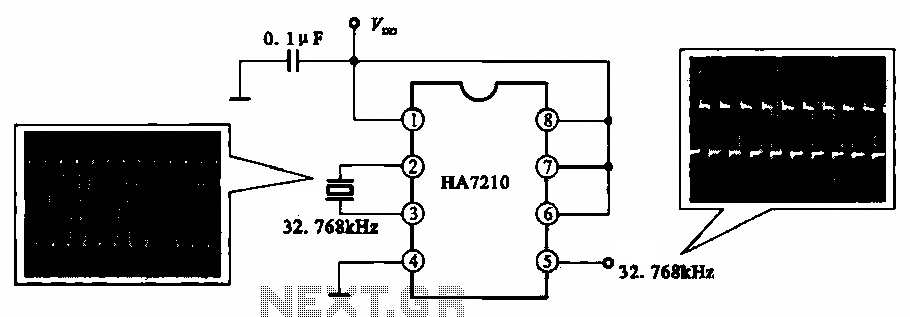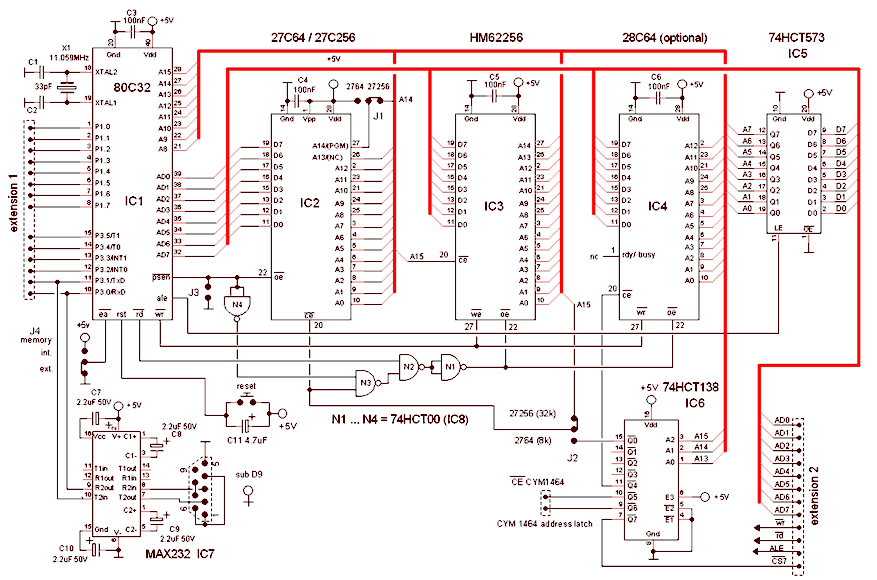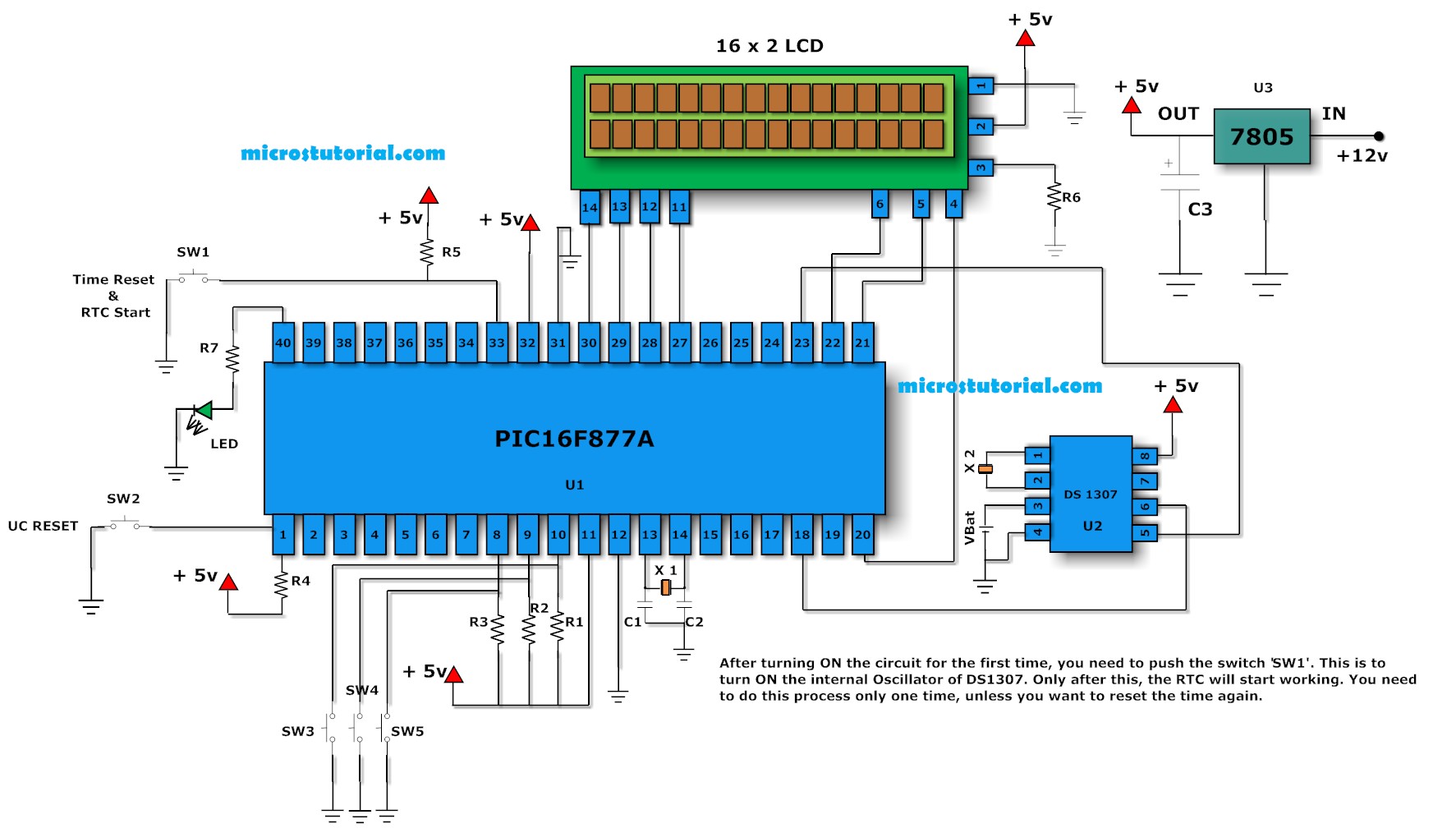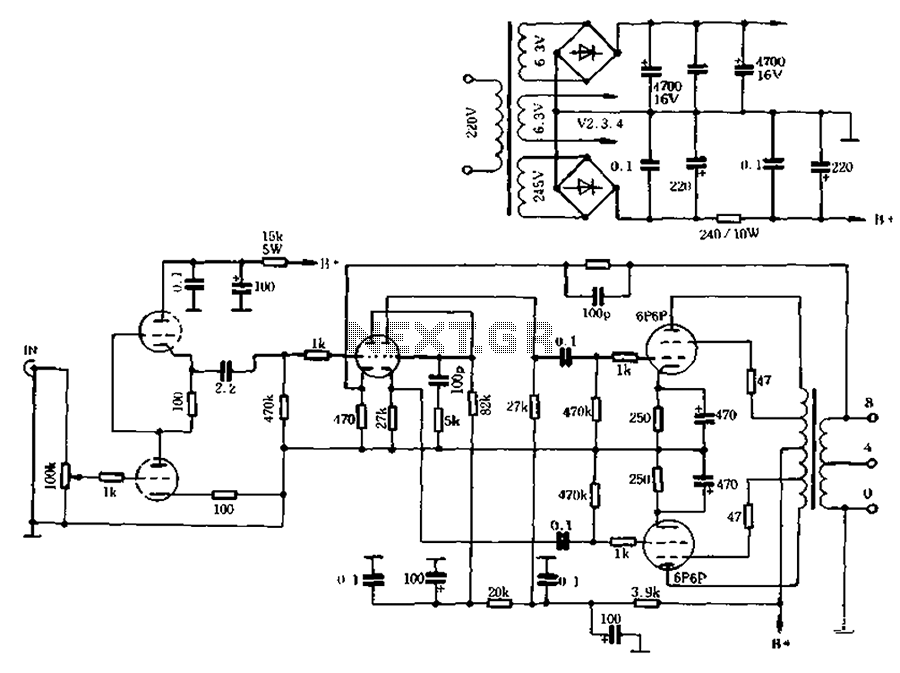
Nixie Tube Clock
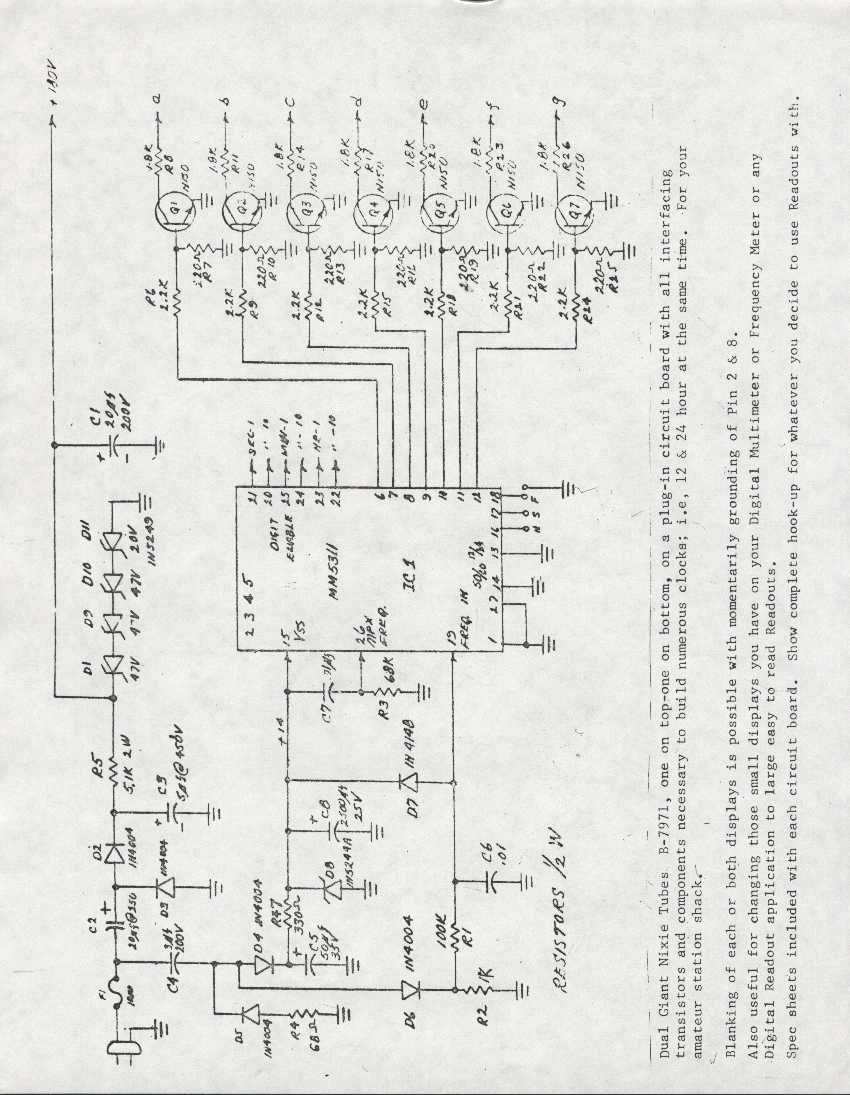
A Burroughs B-7971 Nixie Tube clock was constructed in 1979 during the senior year of high school. The digits measure 2.5 inches in height, enabling visibility from anywhere in the bedroom without the need for glasses. The clock circuit is based on a schematic provided by a surplus parts vendor, along with three Ultronic Lectrascan display cards that were part of an Ultronic Systems Lectrascan. The clock utilizes six B-7971 tubes and SK137 sockets, sourced from the Lectrascan cards. These cards also contained high voltage switching transistors (2N1302 and SA480) used in the clock's construction. A National Semiconductor MM5311 clock chip is employed for timekeeping, utilizing the 60Hz line frequency as a time base, which offers reasonable accuracy. The original circuit featured a transformerless design that resulted in the failure of several capacitors, resistors, and Zener diodes during initial testing, leading to a dramatic failure. Modifications were made to the design, including the addition of a transformer, and the clock has operated reliably since its activation on February 11, 1980. Over the years, some components have been replaced with newer, smaller alternatives, yet the original clock chip and high voltage transistors from the Lectrascan cards remain. As a student with limited funds, only a hard-to-find 160V/10W Zener diode was purchased for high voltage regulation, acquired at a low surplus price. The PC board and wooden stand were designed independently. Currently, there are seven new spare B-7971 tubes, five spare MM5311 clock chips, and one complete Lectrascan card with SK137 sockets in storage. Despite nearly 30 years of continuous operation, the original tubes are still functional and show no signs of needing replacement.
The Burroughs B-7971 Nixie Tube clock is a notable example of vintage electronic design, integrating both aesthetic and functional elements. The Nixie tubes, known for their distinctive glow and numerical display, are a hallmark of mid-20th-century technology. The choice of 2.5-inch digits contributes to the clock's visibility, making it suitable for various environments where readability is critical.
The core of the clock's functionality is the National Semiconductor MM5311 clock chip, which is responsible for timekeeping. This chip operates using the 60Hz frequency from the power line, a common practice in electronic clocks that ensures a reasonably accurate timekeeping mechanism. The design also incorporates high-voltage switching transistors from the Lectrascan cards, which facilitate the operation of the Nixie tubes by providing the necessary voltage for illumination.
The initial design flaws of the transformerless circuit highlight the importance of robust circuit design, especially in high-voltage applications. The modifications made to include a transformer not only improved reliability but also enhanced the safety of the device. This transition from a flawed design to a more stable configuration underscores the iterative nature of electronic engineering, where real-world testing often reveals unforeseen challenges.
The construction of the PC board and wooden stand reflects a hands-on approach to electronics, showcasing the ingenuity and resourcefulness of the builder. The use of surplus parts, including the hard-to-find Zener diode, illustrates the economic constraints faced by students in the late 1970s while also demonstrating the value of sourcing components creatively.
The longevity of the original components, particularly the Nixie tubes, speaks to the durability of these devices. The availability of spare parts, such as additional B-7971 tubes and MM5311 clock chips, ensures that the clock can continue to function well into the future, preserving a piece of electronic history. This clock not only serves as a functional timekeeping device but also as a testament to the craftsmanship and engineering principles of its time.A Burrough`s B-7971 Nixie Tube clock that I built back in 1979 when I was a senior in High School. The digits are 2 ½ inches high which allowed me to read the clock from anywhere in my bedroom without needing to wear my glasses. The clock circuit is based on a schematic that had been provided by the surplus parts vendor along with three Ultronic Lectrascan display cards which were part of an Ultronic Systems Lectrascan. The six B-7971 tubes and SK137 sockets (NSN 5935-00-847-8641) used with the clock came from the Lectrascan cards. The Lectrascan cards also had high voltage switching transistors (2N1302 and SA480) that were used in the construction of the clock.
The clock uses a National Semiconductor MM5311 clock chip for time keeping and uses the 60Hz line frequency as its time base which is reasonably accurate. Unfortunately, the original circuit was a very poor transformerless design and blew several capacitors, resistors and Zener diodes during its initial test run (it was a spectacular explosion!).
I wound up making my own design changes, including adding a transformer, and it has worked fine ever since it officially went "live" on February 11, 1980. Over the years, I have replaced some parts with newer smaller components but it still uses the original clock chip and high voltage transistors that came from the Lectrascan cards.
Back in 1979, I was a cash strapped student and did not have the money to purchase the best parts except for a rather hard to find 160V/10W Zener diode, used for regulating the high voltage, that I obtained surplus for a very low price. I designed the PC board and wooden stand myself. I currently have seven brand new spare B-7971 tubes that I purchased back in the early 1980`s as well as five spare MM5311 clock chips and one complete Lectrascan card still equipped with its SK137 sockets.
However, after almost 30 years of continuous operation (the clock took a break when I was away at college), the original tubes are still working fine and show no signs of needing replacement so the spare parts remain in storage. 🔗 External reference
The Burroughs B-7971 Nixie Tube clock is a notable example of vintage electronic design, integrating both aesthetic and functional elements. The Nixie tubes, known for their distinctive glow and numerical display, are a hallmark of mid-20th-century technology. The choice of 2.5-inch digits contributes to the clock's visibility, making it suitable for various environments where readability is critical.
The core of the clock's functionality is the National Semiconductor MM5311 clock chip, which is responsible for timekeeping. This chip operates using the 60Hz frequency from the power line, a common practice in electronic clocks that ensures a reasonably accurate timekeeping mechanism. The design also incorporates high-voltage switching transistors from the Lectrascan cards, which facilitate the operation of the Nixie tubes by providing the necessary voltage for illumination.
The initial design flaws of the transformerless circuit highlight the importance of robust circuit design, especially in high-voltage applications. The modifications made to include a transformer not only improved reliability but also enhanced the safety of the device. This transition from a flawed design to a more stable configuration underscores the iterative nature of electronic engineering, where real-world testing often reveals unforeseen challenges.
The construction of the PC board and wooden stand reflects a hands-on approach to electronics, showcasing the ingenuity and resourcefulness of the builder. The use of surplus parts, including the hard-to-find Zener diode, illustrates the economic constraints faced by students in the late 1970s while also demonstrating the value of sourcing components creatively.
The longevity of the original components, particularly the Nixie tubes, speaks to the durability of these devices. The availability of spare parts, such as additional B-7971 tubes and MM5311 clock chips, ensures that the clock can continue to function well into the future, preserving a piece of electronic history. This clock not only serves as a functional timekeeping device but also as a testament to the craftsmanship and engineering principles of its time.A Burrough`s B-7971 Nixie Tube clock that I built back in 1979 when I was a senior in High School. The digits are 2 ½ inches high which allowed me to read the clock from anywhere in my bedroom without needing to wear my glasses. The clock circuit is based on a schematic that had been provided by the surplus parts vendor along with three Ultronic Lectrascan display cards which were part of an Ultronic Systems Lectrascan. The six B-7971 tubes and SK137 sockets (NSN 5935-00-847-8641) used with the clock came from the Lectrascan cards. The Lectrascan cards also had high voltage switching transistors (2N1302 and SA480) that were used in the construction of the clock.
The clock uses a National Semiconductor MM5311 clock chip for time keeping and uses the 60Hz line frequency as its time base which is reasonably accurate. Unfortunately, the original circuit was a very poor transformerless design and blew several capacitors, resistors and Zener diodes during its initial test run (it was a spectacular explosion!).
I wound up making my own design changes, including adding a transformer, and it has worked fine ever since it officially went "live" on February 11, 1980. Over the years, I have replaced some parts with newer smaller components but it still uses the original clock chip and high voltage transistors that came from the Lectrascan cards.
Back in 1979, I was a cash strapped student and did not have the money to purchase the best parts except for a rather hard to find 160V/10W Zener diode, used for regulating the high voltage, that I obtained surplus for a very low price. I designed the PC board and wooden stand myself. I currently have seven brand new spare B-7971 tubes that I purchased back in the early 1980`s as well as five spare MM5311 clock chips and one complete Lectrascan card still equipped with its SK137 sockets.
However, after almost 30 years of continuous operation (the clock took a break when I was away at college), the original tubes are still working fine and show no signs of needing replacement so the spare parts remain in storage. 🔗 External reference
